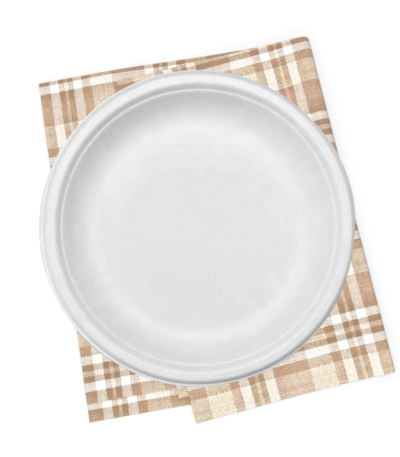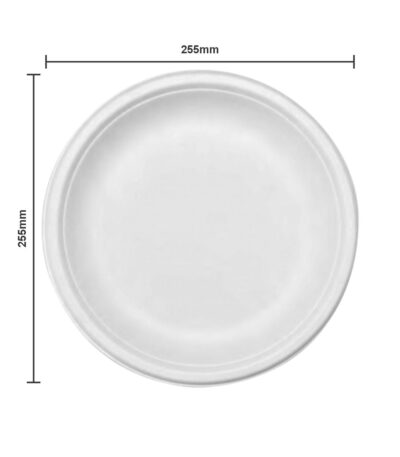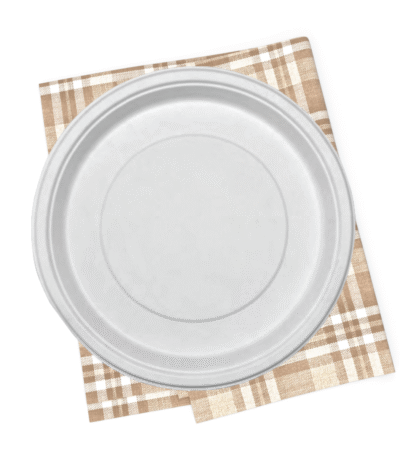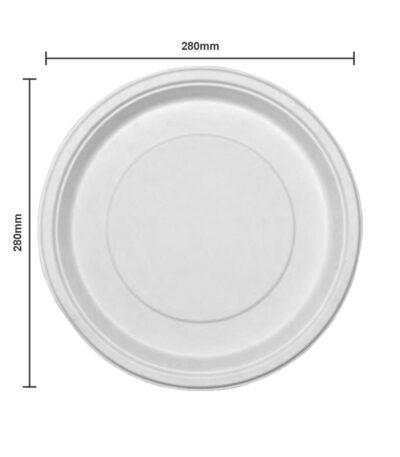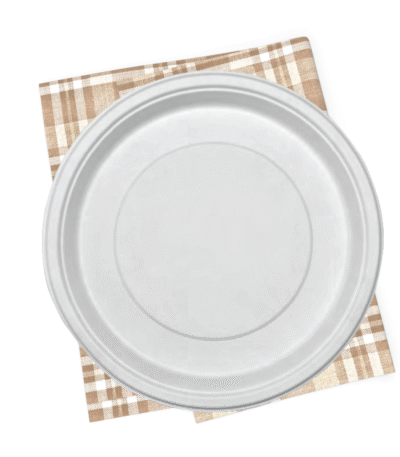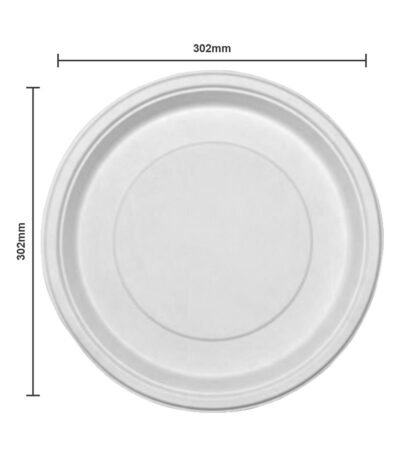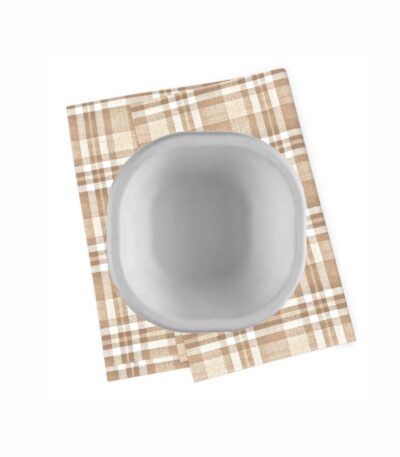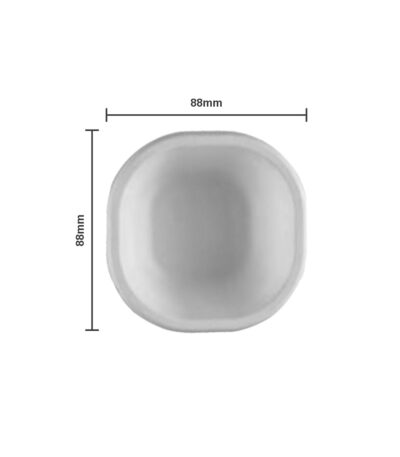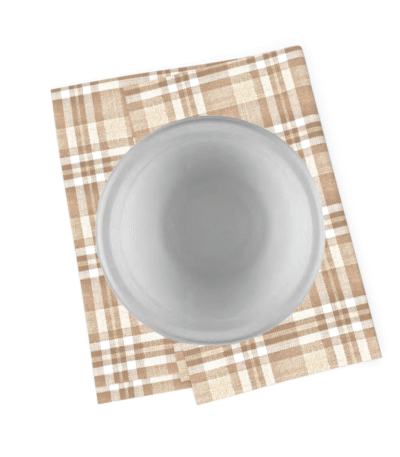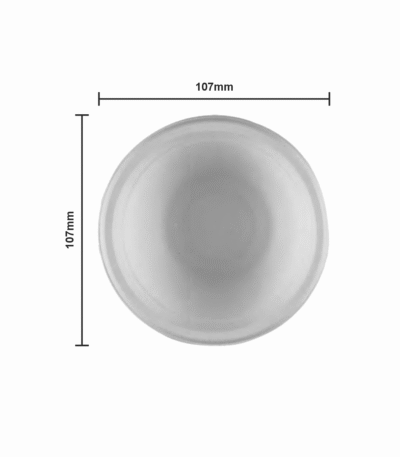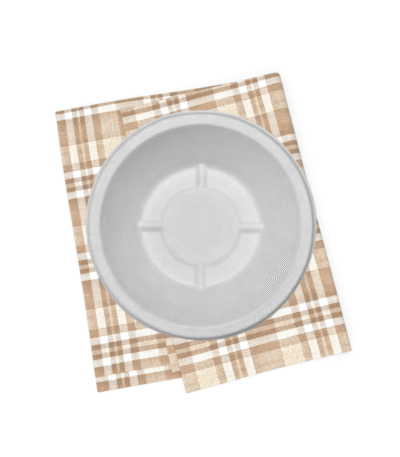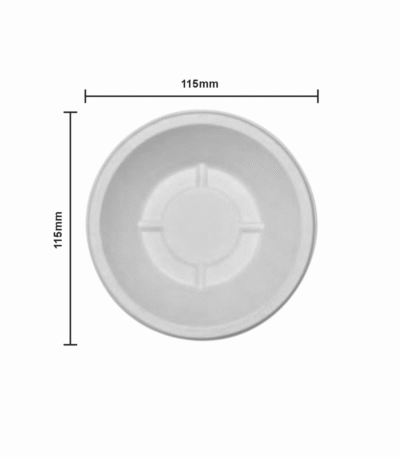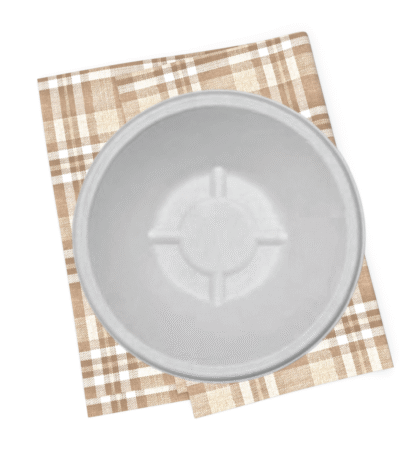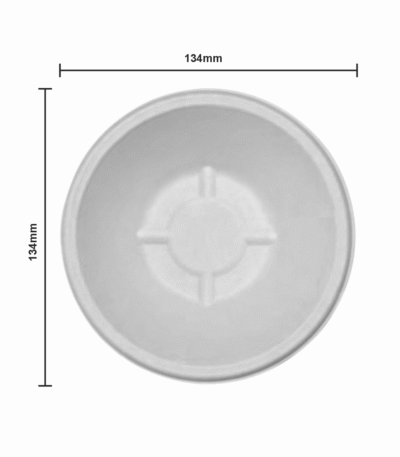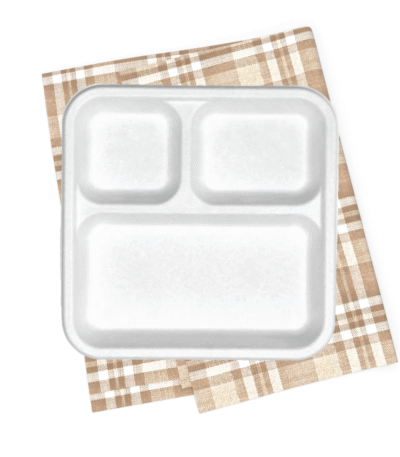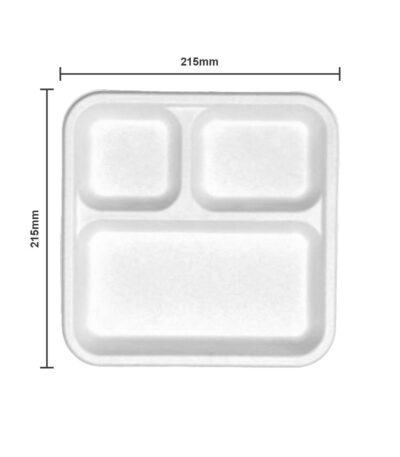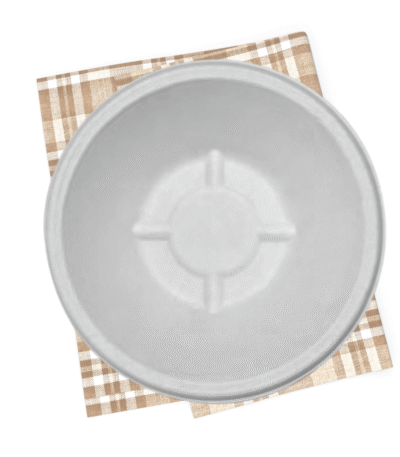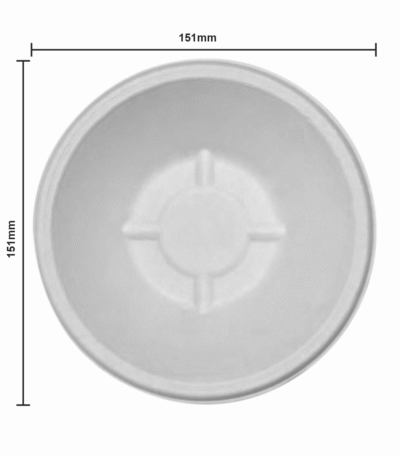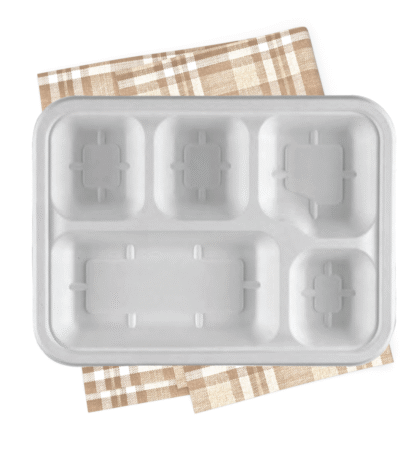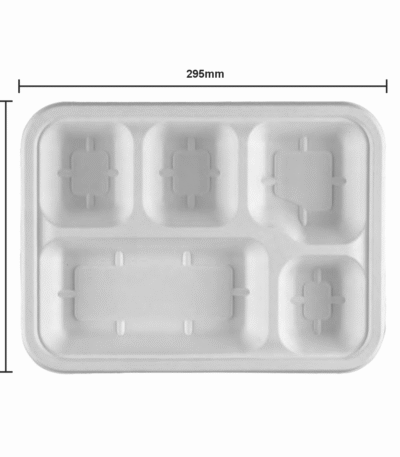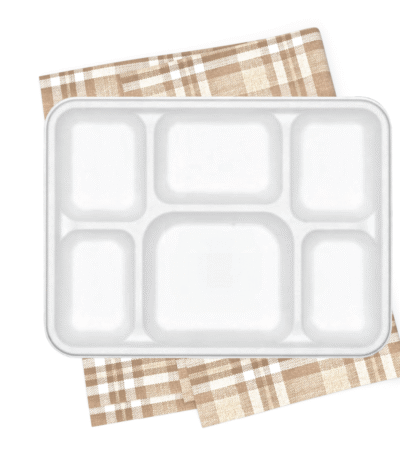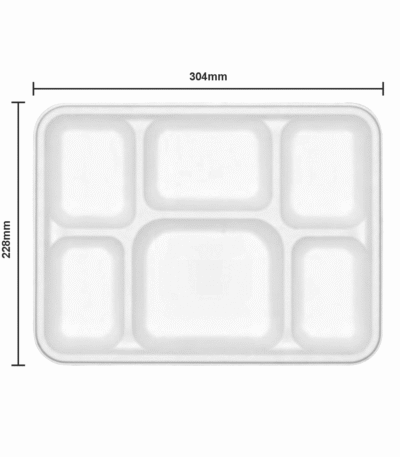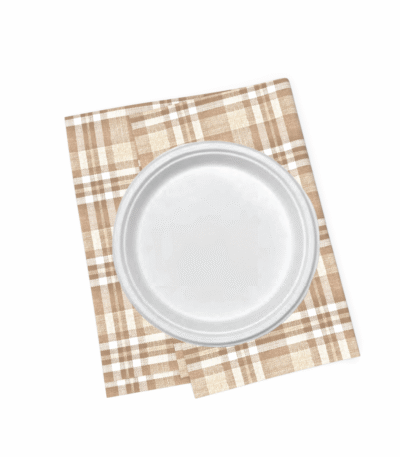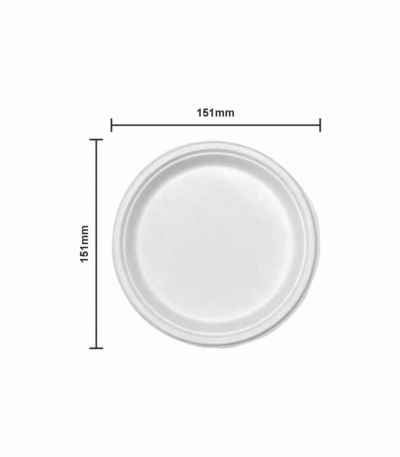Stock status
Showing 1–12 of 19 results
10 Inch Round Plates
10-Inch Round Bagasse Plates made from 100% biodegradable and compostable sugarcane fibers, offering both durability and eco-friendliness. Perfect for serving entrees and full meals, these microwave and freezer-safe plates can handle both hot and cold foods with ease. A sustainable, guilt-free choice over plastic or paper plates.
11 Inch Round Plates
11-Inch Round Bagasse Plates made from 100% biodegradable and compostable sugarcane fibers, these plates are eco-friendly and durable. They are great for serving larger meals or platters. Microwave and freezer-safe, ideal for both hot and cold foods. A sustainable and eco-conscious alternative to plastic or paper plates!
12 Inch Round Plates
12-Inch Round Bagasse Plates crafted from 100% biodegradable and compostable sugarcane fibers, these plates are sturdy and eco-friendly. Perfect for serving large meals, sharing platters, or buffet-style dishes, they are microwave and freezer-safe for hot and cold foods. A sustainable alternative to plastic or paper plates, offering guilt- free dining!
120 ML Bowl (4OZ)
Small yet functional, the 120 ML bowl is perfect for sauces, condiments, or single servings. It’s crafted from sugarcane bagasse, ensuring it’s biodegradable, microwave safe, and eco-friendly. This sustainable option helps reduce waste while offering convenience for daily use.
180 ML Bowl (6OZ)
The 180 ML bowl is an ideal choice for small servings, such as desserts, dips, or snacks. Made from sugarcane bagasse, this biodegradable and microwave-safe bowl is a perfect fit for those looking for eco-friendly and sustainable tableware solutions.
210 ML Bowl (7OZ)
These bowls are designed for medium-sized servings, this 210 ML bowl is made from 100% biodegradable sugarcane bagasse. It’s sturdy, microwave safe, and perfect for hot or cold meals. An eco-conscious alternative that supports sustainable living without compromising convenience.
240 ML Bowl (8OZ)
Our 240 ML bowl offers an excellent balance between size and functionality. Crafted from eco-friendly sugarcane bagasse, it’s durable and microwave safe, making it a great choice for serving soups, salads, or side dishes. The bowl is fully biodegradable, promoting a more sustainable lifestyle.
3 CP
Our 3 Compartment Plate, made from eco-friendly sugarcane bagasse, is a sustainable choice for serving meals. Its design is perfect for portion control, keeping food items neatly separated. This biodegradable and microwave-safe plate is ideal for both hot and cold foods, offering a practical and eco-conscious alternative to traditional plastic or foam plates.
350 ML Bowl (12OZ)
This 350 ML bowl, made from sugarcane bagasse, is perfect for serving larger portions. It’s microwave safe and ideal for both hot and cold foods. Being biodegradable and eco- friendly, it’s a sustainable option for everyday use, ensuring minimal environmental impact.
5 CP
The 5 Compartment Plate provides ample space to serve a variety of dishes while maintaining food separation. Crafted from biodegradable sugarcane bagasse, it’s microwave safe, durable, and eco-friendly. Perfect for events, picnics, or takeout, this plate helps reduce environmental impact while offering convenience.
6 CP
With 6 sections, this biodegradable compartment plate allows for diverse meal servings without mixing flavors. Made from sugarcane bagasse, it’s a sustainable and microwave- safe solution, designed to accommodate both small and large portions. Ideal for catering, buffets, or large gatherings, this plate balances convenience with eco- responsibility.
6 Inch Round Plates
6-Inch Round Bagasse Plates Made from 100% biodegradable and compostable sugarcane fibers, these sturdy plates are eco-friendly and durable. They are perfect for serving snacks, desserts, and appetizers. Microwave and freezer safe, they are ideal for both hot and cold foods. A sustainable, guilt-free alternative to plastic or paper plates.
